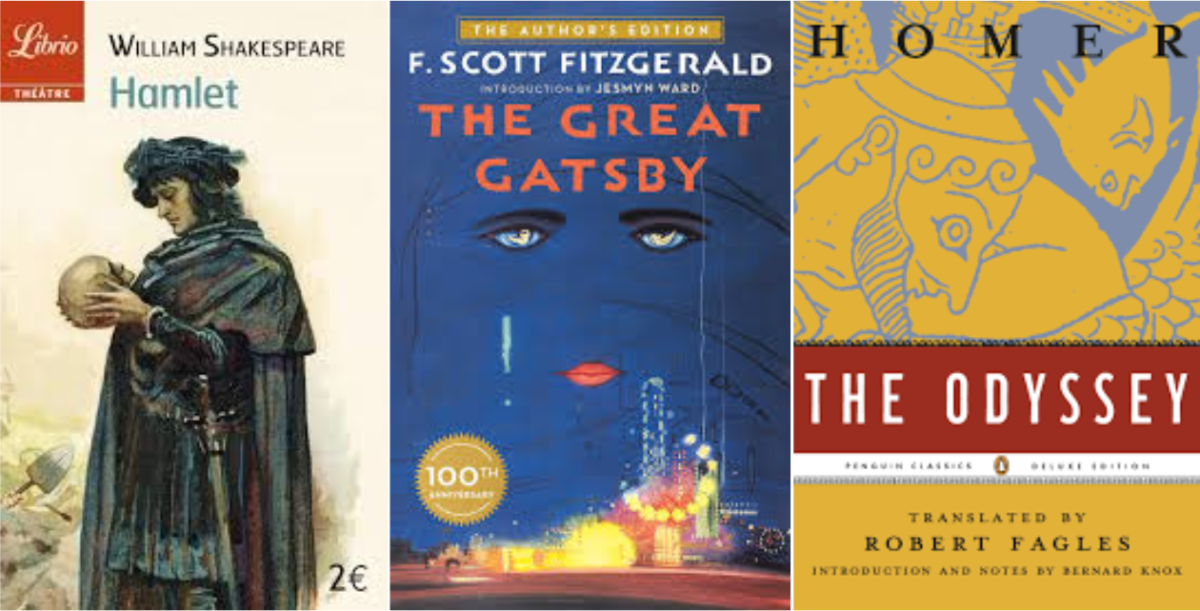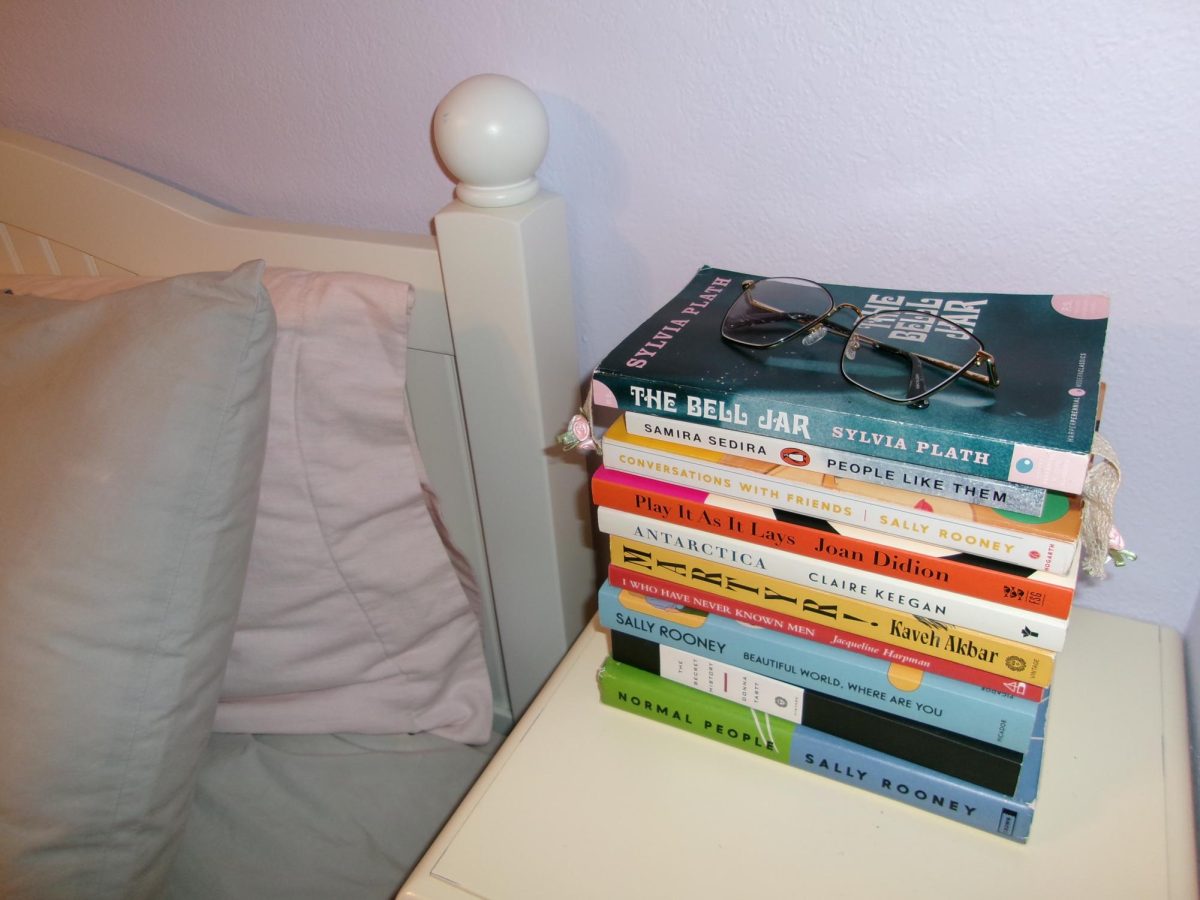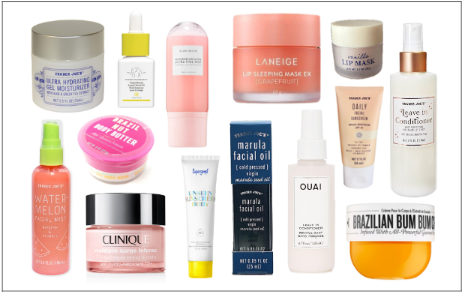
A stereotype often associated with America, and specifically American schools is a lack of gun control and tragic deaths by shootings, leading to controversy regarding gun laws. However, America’s northern neighbor, Canada, has strict requirements and federally regulated laws required to purchase a firearm while in America, it’s easier to get a gun, and laws vary from state to state.
Firearms in Canada have three classes as defined by the Firearm Act passed in 1995: Non-restricted, restricted, and prohibited.
Non-restricted firearms include any rifle or shotgun used for competitive shooting or hunting. Restricted guns include handguns and some semi-automatic firearms, which Canadian civilians are only allowed to possess if the firearm is used for shooting sports, collectibles, or required for a profession. Prohibited firearms include fully automatic weapons and some semi-automatic weapons that no Canadian civilians are allowed to possess.
Higher classes of firearms increase the requirements and difficulty of being able to possess and purchase the firearm.
To begin the process of owning a gun in Canada, you must be 18 years old, have no previous felonies or violent misdemeanors, and have a possession and acquisition license (PAL) to be able to buy or possess any firearm or ammunition, according to Dial-A-Law.
Getting a PAL is not easy. You first must hire a registered instructor to take an 8-hour training session. Additionally, you must pass a 90-minute written and practical test, costing anywhere from $139.00 to $268.00 depending on the class of the firearm, according to the Canadian International Tactical Training Academy.
The Royal Canadian Mounted Police (RCMP) also requires a minimum of 45 days to process a firearms license application, followed by a 28-day minimum waiting period for all applicants who do not presently hold a valid firearms license.
The intensive process of getting a gun in Canada is a stark contrast to the process in America.
In America, no guns are outright banned but some are more heavily restricted, specifically semi-automatic firearms that count as assault weapons according to The Sandy Hook Promise.

To own a gun, you must be at least 18 years old, have no previous federal felonies or violent misdemeanors, and, depending on the state, have a permit and a live-fire training session. However, only 21 out of 50 states require a permit before getting a gun, and only 14 of the 50 states require a live-fire training session, according to The Trace.
Under federal law, you can get a gun on the same day in some states, as there is no waiting period, according to the American Academy of Pediatrics (AAP).
Canadian gun laws are much stricter than American gun laws, but statistics display the clear effects.

A study from the Biomedical Central reports 4,005 deaths by firearms in Canada from 2016 to 2020. Out of these, 933 were murders, 2,896 were suicides, 76 were accidental, 68 involved law enforcement, and 40 were undetermined.
In America, Pew Research reported 48,830 gun-related deaths—20,958 murders, 26,328 suicides, 549 accidental, 537 involving law enforcement, and 458 undetermined.
Overall, stricter Canadian gun laws prove to be more effective at preventing deaths involving firearms. With 11 times more American deaths a year than Canadian deaths, it is clear that gun regulations are essential in preventing avoidable and unnecessary tragedies.







